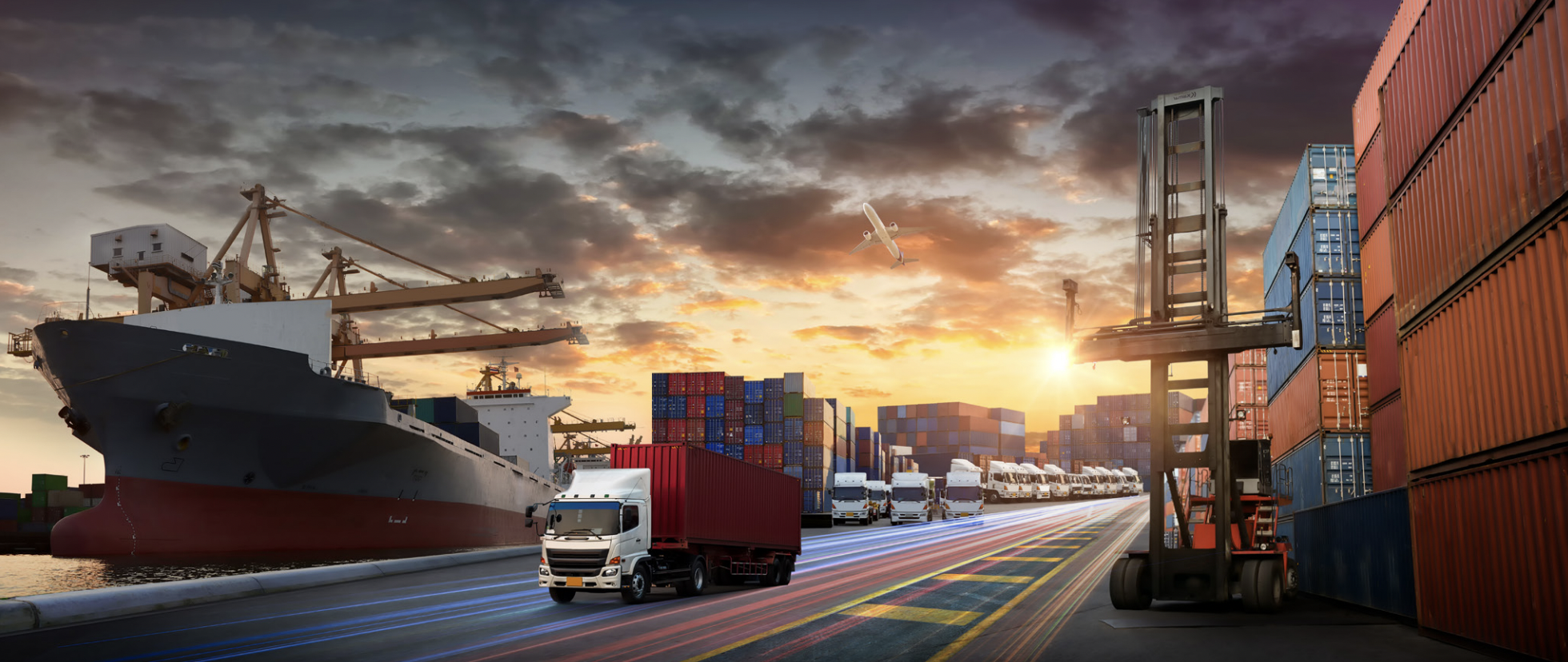It has not been an easy time for the supply chain industry, with a single stranded ship, a global pandemic and now industrial action at the UK’s busiest container port having wide-reaching consequences for European ecommerce…
Covid-19 not only changed the way consumers shop by driving many online for the first time, it also brought supply chain issues to the general public’s attention. Disruption across the supply chain was well documented as the ecommerce sector was hit hard, with 60% of websites reporting that they had encountered difficulties in their supply chain. France, Germany, Italy and Sweden were the most impacted countries.[1]
While lockdowns may have lifted in many regions, renewed Covid-19 outbreaks in others and an ever-growing ecommerce market mean that post-pandemic global supply chain issues are still being felt.
Not out of the woods yet
Neither the global supply chain nor the ecommerce sector have fully recovered from the pandemic but are now also facing an energy crunch, rising costs and Russia’s invasion of Ukraine. This combination means that any disruption to the supply chain, and therefore to the ecommerce industry, may not be as short-lived as previously predicted.
As the World Economic Forum said, “The increasing frequency of supply-driven disruptions – ranging from global pandemics and the climate crisis to cyber threats and geopolitical tensions – combined with an ever-intensifying set of demand-driven disruptions – including the rise of new consumer channels, pent-up demand and a fragmented reopening of the global economy – will continue to destabilise global value chains.”
Shipping crisis
The pandemic left transport networks weakened and resulted in labour shortages across the board. For middlemile supply chain operators, rising fuel costs and limited HGV drivers have resulted in costs being passed back onto ecommerce retailers. Surging retail imports and peak produce shipments have also driven up demand, and therefore the cost, of transportation services.
But it’s the ocean cargo industry that is facing unprecedented challenges that are hindering the flow of global goods. The supply of container ships has been falling, with overall capacity down by 11% between September 2020 and June 2021. Early in the pandemic, many shippers reduced capacity in response to falling demand, with border restrictions and social distancing requirements at UK ports leading to increased freight rates on main shipping routes throughout Europe.
Additionally, shutdowns in major European port cities such as Hamburg have disrupted supply chains further across the EU ecommerce sector. Elsewhere, the global disruption caused by the container ship Ever Given’s blockage of the Suez Canal in March 2021 is still reverberating.
Such ongoing issues have resulted in shipping costs rising dramatically over the past year, with the UK topping Europe as the most expensive shipping destination. Analysts from Deutsche Bank have predicted that average container prices could rise by 30% by 2022[2]. Undoubtedly, this will impact retailers’ profit margins and cause them to pass their cost increases onto their customers. This is a tricky scenario, given that many consumers are frustrated with lengthier shipping times and delivery delays, so will be further angered if they have to pay more.
Fixing the chain
Soaring inflation across the eurozone, along with the continuing invasion of Ukraine, are further disrupting the global supply chain, making it harder for manufacturers and distributors to replace or refill inventories. With production shortfalls blamed for 75% of the current contraction in global volume of trade, logistic bottlenecks explain the rest.[3]
Firms have been faced with finding new suppliers, transport routes, production locations and, more broadly, new supply chains. Furthermore, sectors that benefited from international exposure and globalisation through the switch to ecommerce could now face a decline in total factor productivity, as well as delivering on demand with significant pressure on carriers reported.
Long-lasting supply chain disruptions may also force companies to revise or postpone their investment plans. On the other hand, global firms are working to reconfigure and optimise their global value chains. In a bid to revive trade flows, ecommerce firms are looking to innovation such as robots and increased video-conferencing, as well as looking into shorter supply chains with local access to strategic goods. Companies are even structurally changing their composition more towards services, which could have a positive impact.[4]
Consumers, too, are staying local following the pandemic, with 40% of European shoppers preferring to buy from local businesses. According to the European Union’s ecommerce report, the majority of shoppers (88%) purchase from sellers in their own countries, with 31% of respondents saying they also buy from sellers from other EU countries. Only 22% shop from suppliers from the rest of the world.[5]
The trend to shop locally can also be seen in the last-mile section of the supply chain, with direct to consumer shipments rising 14% each year between 2015 and 2020.[6] According to McKinsey, parcel integrators have responded by revising their B2C strategies and adjusting price and service levels.
McKinsey states that it is the ability to quickly revise plans and adapt to whatever disruption comes next that will keep European ecommerce companies in business. To navigate supply chain issues, ecommerce firms must plan ahead while ensuring they manage customer expectations. With industry experts predicting that disruption could last until the end of the year, and even into 2023, ecommerce retailers require forethought and flexibility to weather this supply chain storm.
This feature first appeared in the Europe 2022: Ecommerce Region Report. Download the full report here.
References:
[1] www.contentserv.com/infographics/en/blog/ecommerce-in-europe
[2] www.telegraph.co.uk/business/2021/11/08/shipping-rates-predicted-surge-third-next-year/
[3]www.allianz-trade.com/en_global/news-insights/economic-insights/Global-Trade-Report-Battling-out-of-supplychain-disruptions.html
[4] www.nber.org/system/files/working_papers/w29444/w29444.pdf
[5]https://ecommerce-europe.eu/wp-content/uploads/2021/09/2021-European-E-commerce-Report-LIGHT-VERSION.pdf
[6]www.mckinsey.com/industries/retail/our-insights/ten-steps-retailers-can-take-to-shock-proof-their-supply-chains







